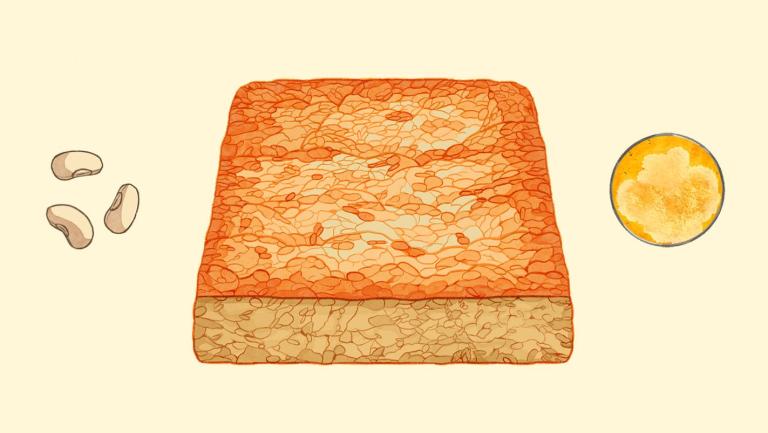Surprising: state gas taxes appear to have very little effect on either driving habits or fuel consumption. More precisely, there’s no correlation between a state’s gasoline tax and the amount of fuel its residents use or the amount of driving they do.
Don’t believe me? Feast your eyes on these babies:
And:
Those are big, fat, completely uncorrelated blobs. What you’re seeing is all 50 states plus D.C. plotted to show a relationship between state gas tax rates and per capita fuel consumption (in the first chart) and per capita miles driven (in the second chart). There is essentially no relationship whatsoever.
Maybe this shouldn’t be surprising. There’s a very good reason why gas taxes don’t appear to reduce consumption: the tax revenues are expressly dedicated to boosting consumption. In fact, in most states, gas taxes are set aside especially for building and maintaining roads. So state gas taxes are sort of like tobacco taxes … if the tobacco revenue were funneled into advertising cigarettes.
And for another thing, state gas taxes are pretty small.
They’re small enough, anyway, that they don’t make a huge difference in the price at the pump. Even though there’s a pretty large difference between state tax rates — from 7.5 cents per gallon in Georgia to 36 cents per gallon in Washington — they only account for a small fraction of the consumer price. For a typical state, with tax rate in the neighborhood of 21 cents per gallon, state gas taxes would account for only about 10 percent of the purchase price — and maybe as little as 5 or 6 percent during the recent gas price runup in 2008. So even if price matters (and it does), state taxes aren’t big enough to make a large difference.
In fairness, there may be dozens of other factors that also work to obscure the relationships between tax rates and behavior, such as the relative wealth of states, disparate levels of urbanization, differences in physical geography, and so on.
There are a couple of lessons here. First, a general one: if you want to use taxes to reduce consumption, you probably shouldn’t spend the revenue to promote consumption. (This isn’t a knock against state gas taxes; they weren’t designed to depress gas use, but to to fund infrastructure.) So a carbon tax would still work to reduce carbon emissions as long as the proceeds weren’t used to generate more carbon.
The second lesson is a two-parter. States like Oregon that are considering switching from a fuel tax to a mileage tax should consider the following. Number one, reducing the state gas tax may not make much difference to fuel use. And number two, taxing mileage may not do much of anything to reduce driving. That’s because Oregon’s proposed mileage tax would be much like existing gas taxes: it would be designed to support more driving.
Notes: Fuel consumption and driving figures come from the US Federal Highway Administration’s most recent data here and here. Per capita rates are calculated using 2007 population data from the US Census Bureau, here.

